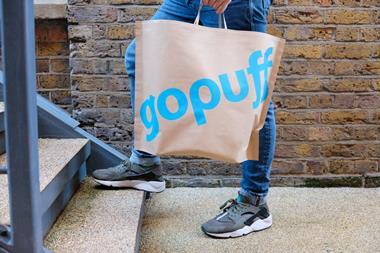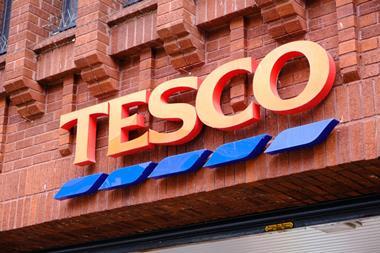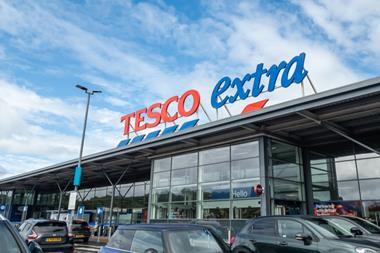Updating Retail Week Knowledge Bank’s Tesco profile is no mean task, as befits the world’s third biggest retailer.
Some snippets of detail are no longer revealed, requiring replacement by carefully calculated estimates – for instance, this time, overseas markets’ individual sales areas – while others appear, such as separate country revenues, first reported last year.
There is also complex detail to assess, like the impact of subtracting the value of customer loyalty awards and -– if VAT and petrol are excluded – the fact that Tesco’s UK like-for-likes have been fractionally down despite higher inflation. The figures also indicate that Tesco’s domestic sales densities, having peaked in 2006 and 2007, have since fallen back each year as space is added, particularly in new Extra hypermarkets.
Internationally, its densities are below the UK: mostly under £300 per sq ft equivalent, against Tesco UK’s £1,100+ per sq ft. This underlines the potential for profitable overseas growth as networks mature. Retail Week Knowledge Bank estimates Tesco’s fastest sales density advance in 2010/11 was in the US, with Fresh & Easy recording a jump of nearly 20%.
Indeed, Retail Week Knowledge Bank is less sceptical about Tesco’s US potential than many. It will take time, and recession has not helped, but the investment required is modest. Execution is key, and flexibility important, but there seem few reasons for not succeeding. So let’s hope the City gives management time.
Too often, quoted UK retailers overseas have not been given time.
A decade or so ago investors and temporarily flawed execution scuppered an international vision for Alliance Boots largely along Stefano Pessina’s current lines. With Fresh & Easy – and an Express variant – Tesco has every chance of eventual success.
























No comments yet